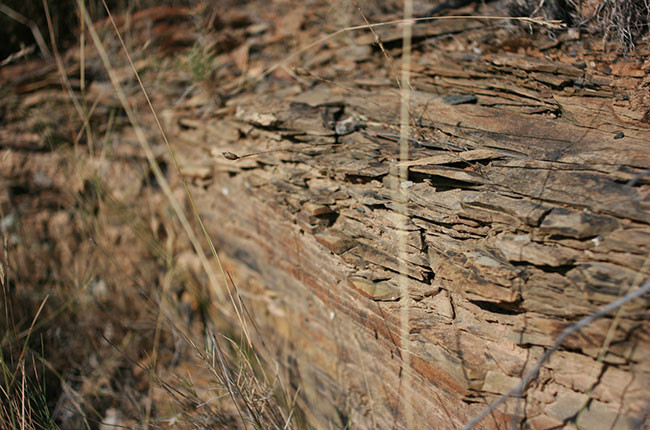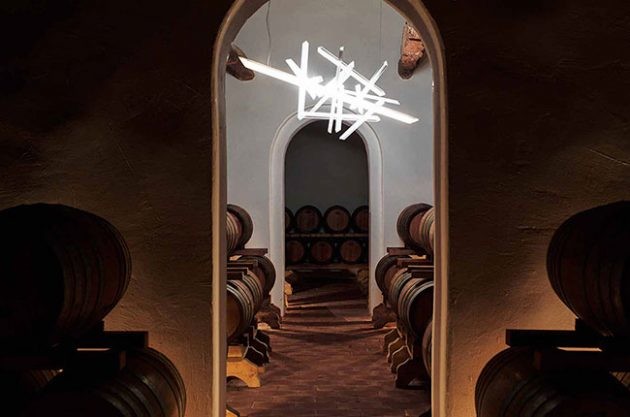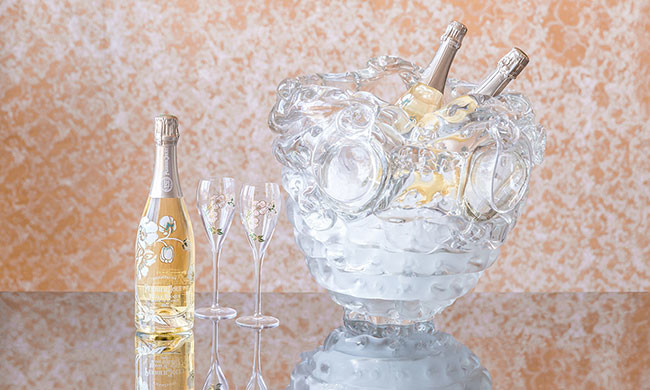See below for some of the best vineyard photos published by Decanter magazine in the first six months of 2015 – all from Joy of Terroir 2015.

January 2015: Clos de Vougeot, Cote de Nuits
Frost lies hard on the ground in Burgundy’s esteemed grand cru Clos de Vougeot. It’s December, and in temperatures of -10°C a worker ploughs the land. The tilled earth will help protect the vines over winter and be removed in spring. Lying at the top of the 50-hectare walled vineyard, this plot belongs to Domaine Méo-Camuzet, which has owned 3ha of the clos since 1920. Etienne Camuzet had the option to buy 20ha, but feared it may endanger his political career (he was a local MP). So he encouraged fellow vignerons in Vosne-Romanée to buy plots, contenting himself with the 3ha purchase, which included the Château du Clos de Vougeot, pictured. This Cistercian château has been owned by the Confrérie des Chevaliers du Tastevin since 1945.

February 2015: Le Soula, Roussillon
Even though it is warmer than much of the rest of France, Roussillon still gets a blanket of snow in winter – particularly on high-altitude vineyards such as Le Soula’s in Fenouillèdes, between Catalonia and the Languedoc. This south-facing parcel, called Feilluns, is at 520m and planted with the white Macabeu grape. The 29-year-old vines are trained in the traditional gobelet or bush-vine system on poor acidic soils of decomposed granite. (The boulders among the trees are the same granite, not yet decomposed.) The imposing mountain in the distance is the Pic du Canigou at 2,784m, once thought to be the highest peak in the Pyrénées. Le Soula had its first vintage in 2001 and was organic from the outset. It is now fully biodynamic and the wines (whites and reds under the labels Le Soula and Trigone plus a few boutique bottlings) are among the region’s most sought-after.

March 2015: Viña Aquitana, Alto Maipo
Owning vineyards within the city limits of Chile’s capital city Santiago brings unique challenges. On the upside, workers can take the Metro to Viña Aquitania’s 15ha vineyard in the Peñalolén district. On the downside, you have the neighbours to consider – they love the views, but complain about the dust, tractor noise and tree height. Falling within the Central Valley’s Alto Maipo region, this vineyard was planted in 1990 at an altitude of 750m. The Andes, which loom in the background here, have a big influence on the terroir: cold air streams down at night, bringing freshness, elegance and distinctive mint aromas to the red wines. The Cabernet Sauvignon and Syrah vines are ungrafted in the absence of phylloxera and planted on poor, rocky soils. Despite the favourable conditions, urban sprawl means only three wineries remain in Peñalolén today, with 150ha planted.

April 2015: La Farra, Veneto
These steep-sloped vineyards are at the heart of the Conegliano-Valdobbiadene DOCG, the zone in Italy’s Veneto region that produces the finest Prosecco. They are owned by brothers Innocente and Guido Nardi, who founded the La Farra winery in 1997 – their 20ha of vineyards are situated in the municipalities of Farra di Soligo, Pieve di Soligo, Follina and San Pietro di Feletto. The hill pictured here is called Collagù, just north of Farra di Soligo, and is surrounded by the high-elevation Rive dei Nardi vineyard, one of the ‘crus’ of the DOCG, which has belonged to the family for generations. The Glera grapes here are densely planted on clay and limestone soils at between 220m and 300m above sea level and are all hand-harvested. The Rive di Farra di Soligo vintage wine produced is the flagship of the estate.

May 2015: Pazo de Señorans, Rías Baixas
There are few wines that display a greater sense of place than Albariño from Spain’s Rías Baixas appellation in Galicia. Crisp, mineral and with a saline tang, the hallmark aromas and flavours transport the wine lover to these granitic vineyards, situated near the limit of vine growth on the edge of the Atlantic ocean. Ría de Arousa, the fjord-like area pictured here, is one of five estuaries in Rías Baixas. This small, 0.5ha vineyard belongs to one of the DO’s best-known producers, Pazo de Señorans. The grapes from the 50-year-old, pergola-trained vines are hand picked and used to make its Seleccion de Añada, which ages for 30 months on its lees. The vineyard, lying below 300m altitude, enjoys a mild microclimate and extensive rainfall. And yet salinity levels, low yields, sloping topography and poor soils all make grape growing here a labour of love.

June 2015: Pewsey Vale, Eden Valley, South Australia
Pewsey Vale’s contoured Riesling vineyards, seen here at sunrise, were planted in the 1960s, although the history of this Eden Valley stalwart goes back to 1847 when the region’s first vines were planted here. Like so many vineyards in the 1920s and ’30s, Pewsey Vale fell into disuse. Then in 1961, pastoralist Geoffrey Angas Parsons became aware of his property’s rich winemaking history. He and his neighbour Wyndham Hill-Smith soon began to re-establish the vineyard, planting 56ha of Riesling in contoured rows. Several hectares of these 50-year-old vines still provide fruit for Pewsey Vale’s The Contours Riesling today (the 2008 vintage of this wine won the International Trophy for Best Riesling Over £15 at last year’s Decanter World Wine Awards). With an altitude about 500m, the cooler temperatures here mean the grapes enjoy a long ripening period that extends into autumn. And it’s not an easy vineyard to manage – the poor soils, high altitude, rocky outcrops and finicky micro-climate mean each block must be individually managed.
Translated by ICY
All rights reserved by Future plc. No part of this publication may be reproduced, distributed or transmitted in any form or by any means without the prior written permission of Decanter.
Only Official Media Partners (see About us) of DecanterChina.com may republish part of the content from the site without prior permission under strict Terms & Conditions. Contact china@decanter.com to learn about how to become an Official Media Partner of DecanterChina.com.











Comments
Submit